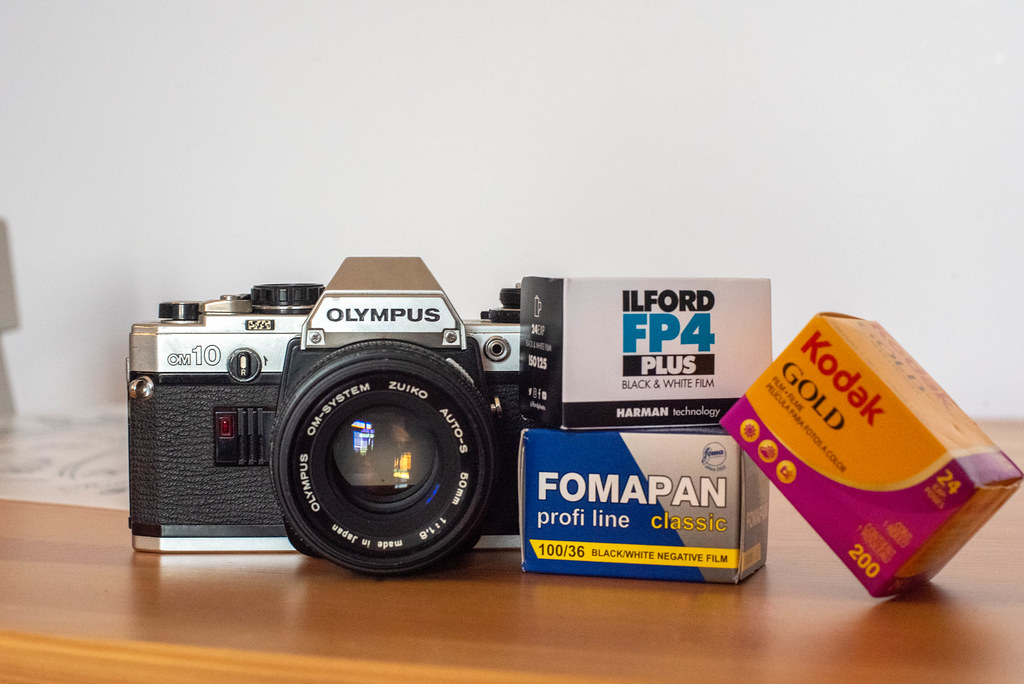Within the film photography community, the OM-System, specifically the Zuiko lenses, are held in high regard with good reason. The Olympus OM-1 is a stunning mechanical SLR perfect for beginners, and the sophisticated metering system on the OM-2 is brilliant. Even cameras like the OM-3 and the OM-4 are excellent replacements for the original two. But an entire subset of the OM-System often takes a backseat, the double-digit consumer models. As much a part of the OM-system as the single-digit ones, often holding some of the same technology. One such example is the original consumer model, the OM-10. The OM-10 was on my hit list for a review but then dropped after I divested myself of my entire kit. Thankfully the kit did not go too far, and I could recall a favourite lens along with the 50mm f/1.8 provided. But I wasn’t about to say no when Luke from Film Camera Store over in the UK offered one as part of a sponsored post. In full disclosure, this review is sponsored, and the camera was provided free of charge for this review, along with a lens and roll of film by Film Camera Store.
Camera Specifications
Make: Olympus
Model: OM-10
Type: Single Lens Reflex
Format: 135 (35mm) 36x24mm
Lens: Interchangeable, Olympus OM-Mount
Shutter: Focal Plane Horizontal Shutter, 1″ – 1/1000″ + Bulb (Electronic Control)
Meter: 1x TTL SPD, EV 0.5 ~ EV 18 @ ASA-100, ASA-25 – ASA-1600
Dimensions (WxHxD): 135x84x50mm
Weight: 430g
Power Source: 2x LR44/SR44
Year of Manufacture: 1979-1987
Background
Olympus was founded in 1919 as the Takachiko Works Co. Ltd, the trade name of Olympus was granted in 1921. From its inception, Olympus developed optical lenses dedicated to scientific purposes and used in Japanese-made microscopes—the goal was to build a microscope that would match or rival the imported German models. The movement into camera optics came in 1935 when the Mizho Optical Research Institute opened its doors. While camera lenses all followed the same construction in groups and elements, the techniques and methods were unique to Olympus; the first Zuiko lens was of Tessar design. Having the in-house skills and talents, the first Olympus camera hit the market in 1936. And again, the camera was completely designed in-house, with only coincidental similarities to German cameras. From the earliest days, Olympus was the preferred optics supplier for the Imperial Japanese Navy, a role they played throughout the Japanese involvement during the build-up and the Second World War. American bombers targeted and destroyed several Olympus facilities during the bombings of the home islands. During the economic reconstruction of occupied Japan, Olympus played a role in supplying lenses to Mamiya and other camera makers. Released their first new camera in 1948, the Olympus 35. It wasn’t until 1971 that Olympus cautiously entered the SLR with the FTL, which according to Maitani Yoshihisa, chief designer at Olympus, was not designed by Olympus. It wasn’t until later in 1971, that other manufacturers took notice of Olympus when the (O)M-1 arrived. The OM-1 presented the world with a compact, professional-grade system camera with a lens catalogue to back it up and stand up to companies like Nikon, Canon, and Minolta. The OM-1 was followed up by the semi-automatic (aperture-priority) OM-2, which used a brilliant digital pattern on the shutter curtain to instantly set the shutter speed based on the light coming through the closed-down aperture. Olympus would take the OM-System into the consumer sphere in 1979 with the release of the OM-10. Based on the system of the OM-2, with the instant metering off a digital pattern on the shutter curtain and aperture priority metering, the OM-10 lacked any metered manual mode in stock configuration. So it lacked the common lens-mount shutter speed selector. Instead, customers would purchase an add-on mounted to the top and front of the camera that added a thumb-wheel shutter speed selector. A power winder could be attached, but not the standard Olympus motor drive. The earliest examples suffered from electronic build quality issues, fixed with a second revision. In 1980 an all-black OM-10 Quartz arrived, which remained a basic OM-10, but the film door featured a fixed Recorddata 3 unit. Production of the OM-10 and OM-10 Quartz lasted until 1987. It is also interesting to note that while the OM-10 remained in production, several additional consumer-grade OM-System cameras were produced. In 1983 the OM-20 or OM-G returned the metered manual functionality and included a removal handgrip. The OM-30, or OM-F, released the same year, added a focus assist functionality and came with a single autofocus lens (35-70mm). And finally, in 1985, the OM-40, or OM-PC, went for a more plastic and rubber construction and was closely related to the OM-2SP. Oddly enough, all of these cameras were discontinued in 1987, as Olympus had begun to lead heavily into the autofocus market, starting with the OM-77 in 1986 and the OM-88 in 1988.

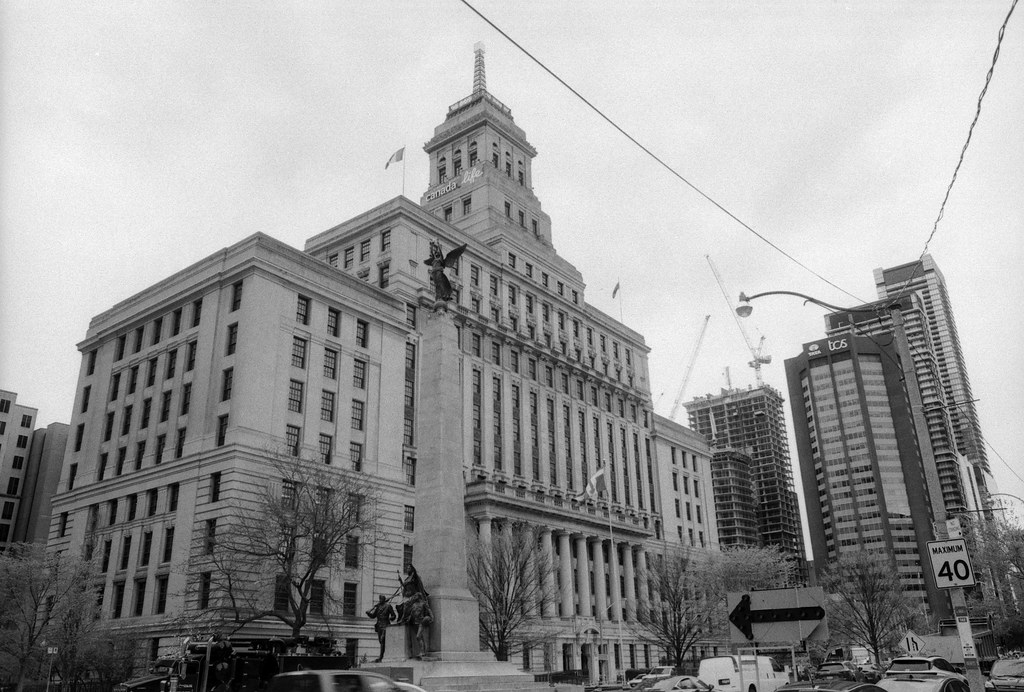
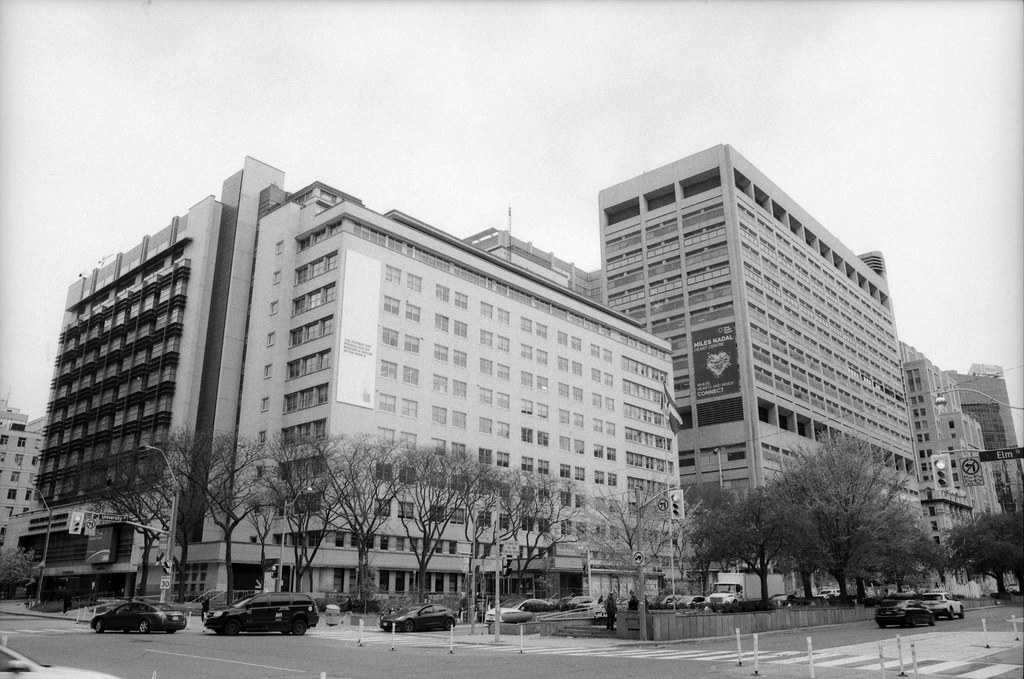
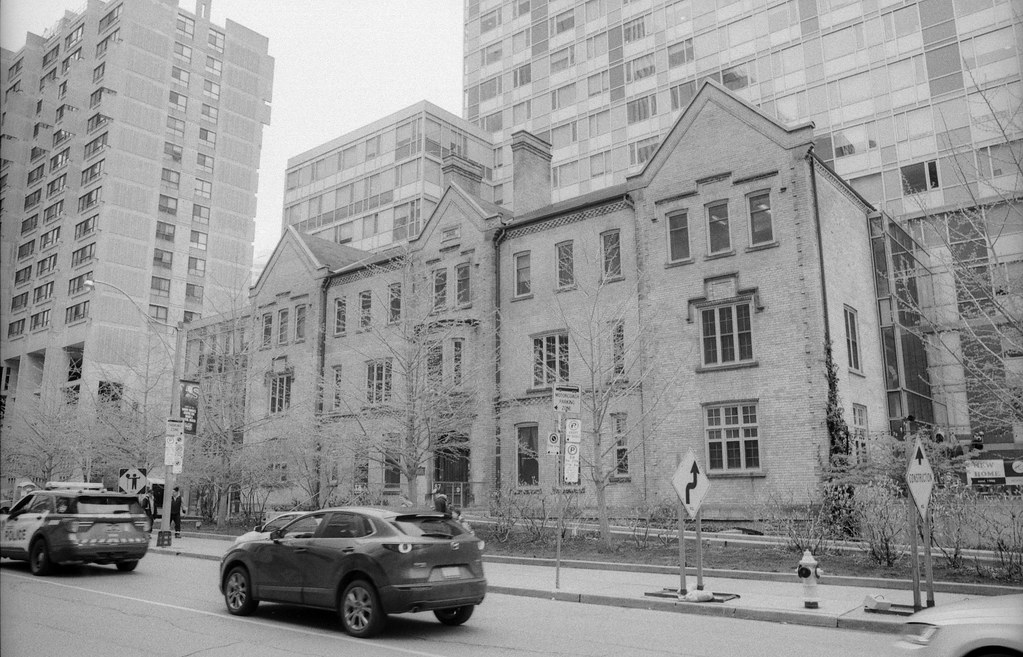
Impressions
Of all the Olympus SLRs I’ve worked with, the OM-10 is the least “Olympus”. Yes, some items on the camera let you know that the camera is an Olympus. Overall the integrated hot shoe and flat-topped pentaprism at forty yards, you can be forgiven for thinking it looks more like a Nikon than an Olympus. The OM-10 follows the standard compact form factor that all Olympus SLRs follow but most closely follows the design of the OM-2. The first thing you will notice is missing is the shutter speed dial, usually located around the lens mount; the OM-10 runs in aperture priority semi-automatic mode by default. You can add a manual shutter speed accessory with a mounting lug and jack on the camera, but this is optional. A dedicated on/off switch also includes a battery check and self-timer option around the film rewind knob. Central is the ‘mode’ dial that allows you to set to automatic mode, manual mode (with the accessory), and bulb mode. This also doubles as your film speed selector with a lift and twist motion. The dial is easy enough to use and indicates the mode you’ve set the camera in. While the EV adjustments are visible, this is for reference only. According to the manual, to adjust the EV, you change the film speed setting. This seems odd, but I’m used to having the option on a separate dial or command function. Overall, the OM-10 is a compact, easy-to-work-with camera with a slightly different layout from the average Olympus, but still familiar enough to get to work with quickly. The build quality is superb without being too heavy and easily carried with any potential strap you attach to the camera. The OM-10 reminds me of the original Pentax ME, with the same lack of metered manual mode, which Pentax then fixed with the ME Super.
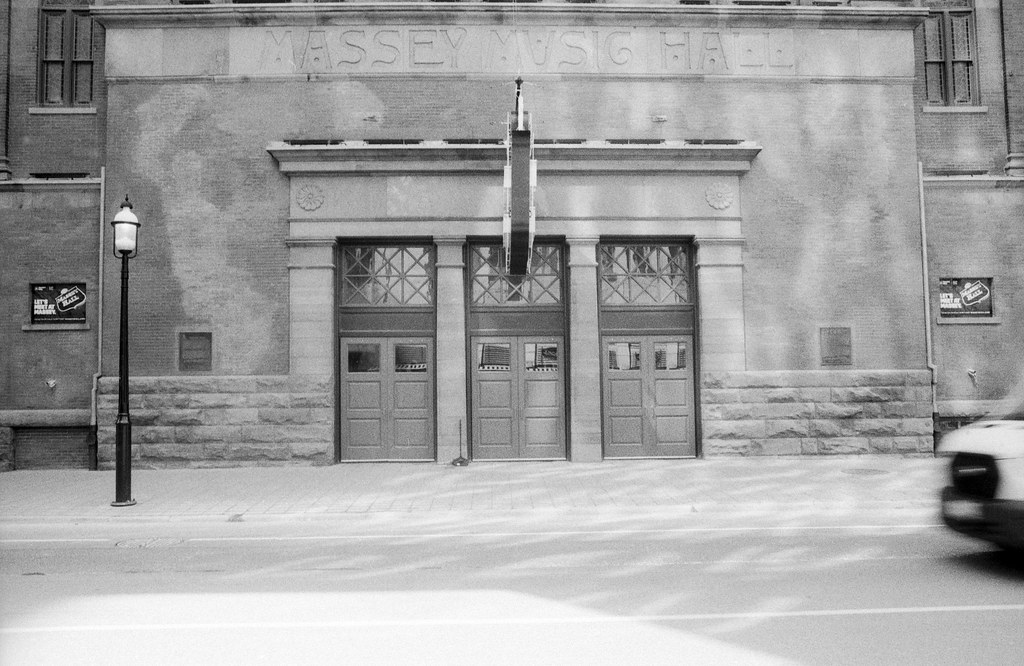
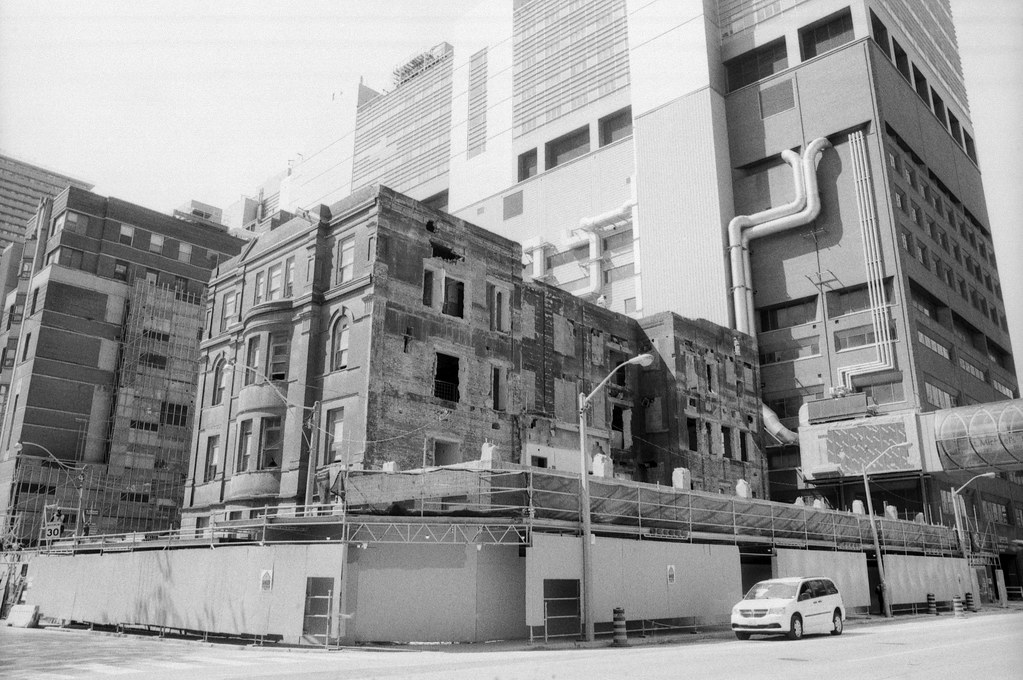

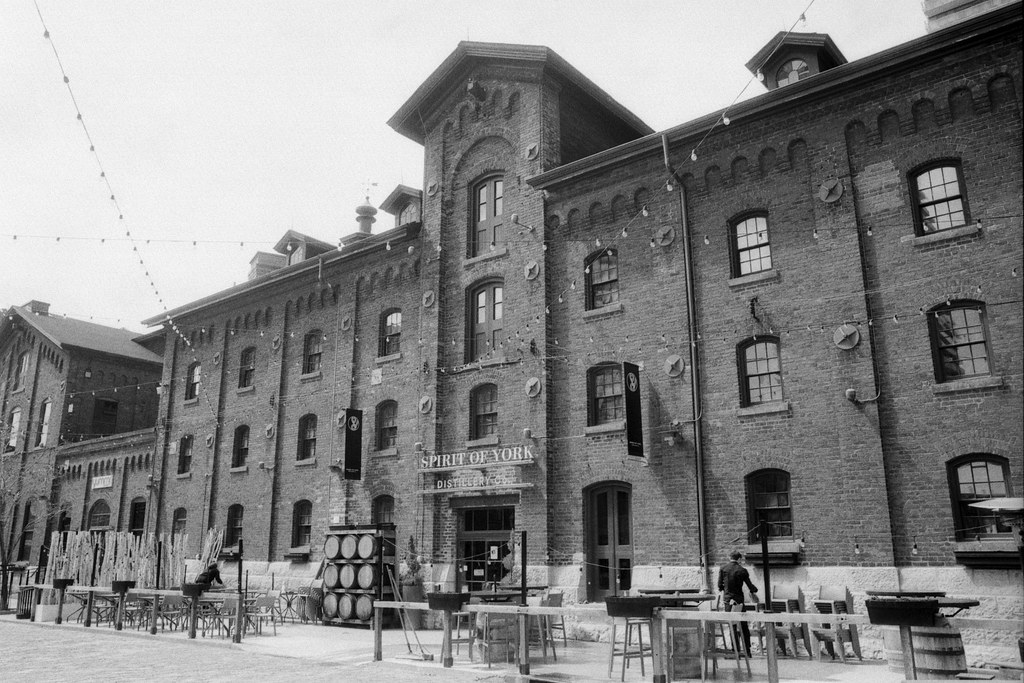
Experiences
Despite being aimed at a consumer-grade, entry-level photographer, the OM-10 is a fun camera for someone who is used to a more ‘professional’ camera. If you’re used to working with Olympus cameras, then the OM-10 will be easy to get to know. And even if you have never used an Olympus SLR, the OM-10 is good to go right from the box. Power comes from a pair of LR44 batteries, which are easy to find and carry a few sets of spares. The OM-10 being a compact camera, doesn’t add too much weight or space requirements to your kit. And you can probably get away with a few extra lenses without needing a larger bag. Loading your film is straightforward, and it is best to leave your camera off; this will let you take care of the two-click and advance cycles at the mechanical 1/60″ shutter speed before going into the aperture priority mode. As someone who learned on an all-manual camera, the semi-automatic mode is a welcomed option for the OM-10, and there is a shutter speed display in the viewfinder. While not the brightest finder I’ve worked with or the largest, the finder in the OM-10 is good. There is a split prism in a horizontal orientation to assist with focus. A red LED will indicate which shutter speed is selected by the camera. The OM-10 uses a system similar to the OM-2, complete with the digital pattern on the shutter curtain for off-the-film-plane metering, and it works; I never missed an exposure with the camera. The shutter has a pleasing sound, and the release button is smooth without being too spongy or a hair-trigger. The film advance is short, allowing for quick action, improved only by adding a motorised film advance device (like the Winder 2). Like all the other Olympus SLRs, the film rewind release is at the top plate’s front. Another personal issue with the OM-10 is that my pinky seems to slip under the camera base because of the small size. Overall, the OM-10 will offer a familiar experience to anyone familiar with the OM-System of the 1970s and 1980s and is an excellent addition as a secondary option to a single-digit camera.

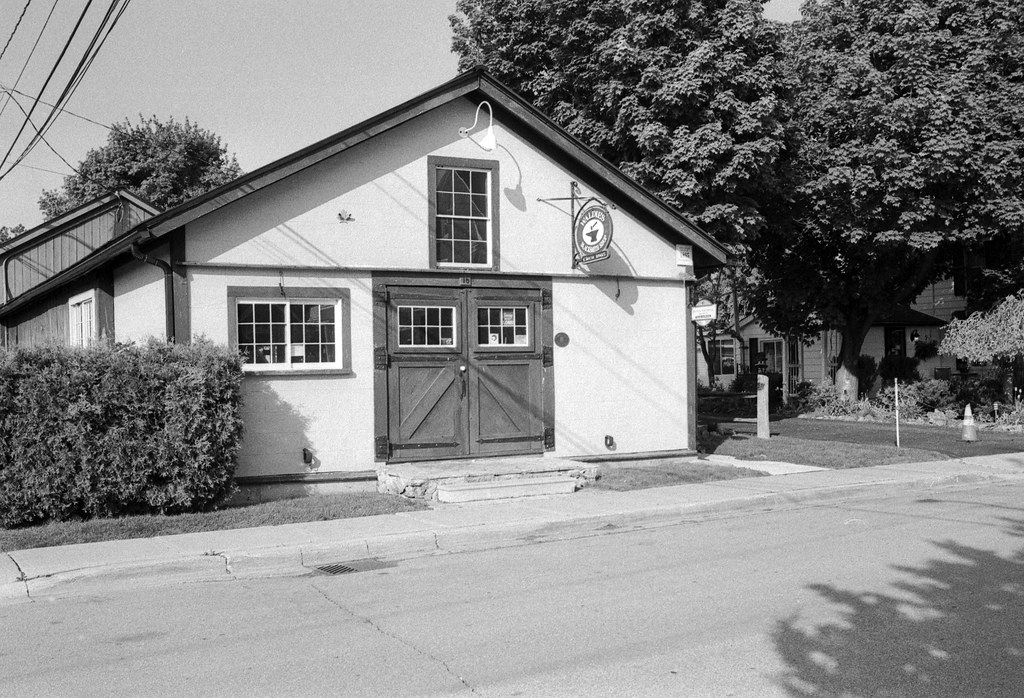
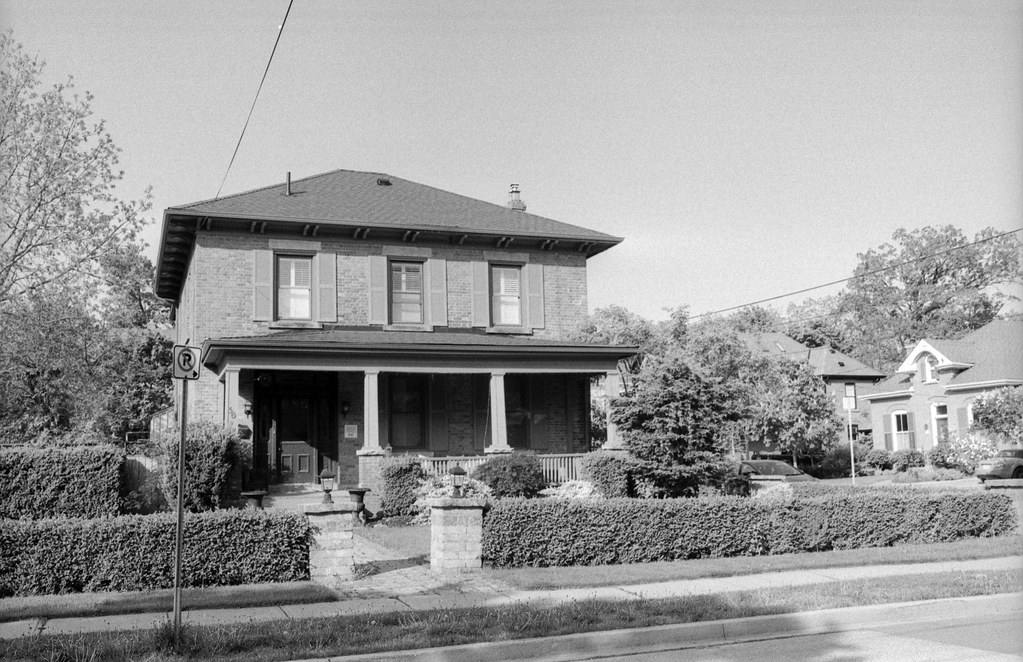
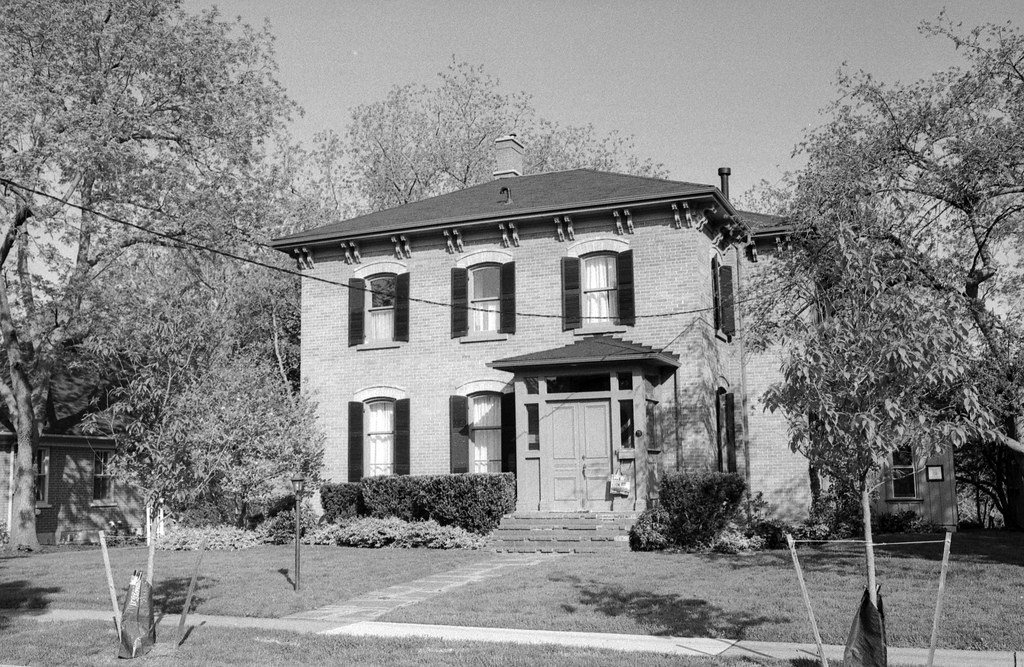
Optics
If there is one thing that the OM-10 has working in its favour is the optics available to the camera. Being a part of the OM-System and featuring a proper OM-Mount, many amazing lenses in the Zuiko line produce excellent image quality without breaking the bank. And you don’t have to go with the best and fastest lenses in the Olympus catalogue; you can save yourself some money by picking up some slower options that perform well. One thing that Olympus did well when they introduced the compact form factor was to release a series of prime lenses that fit the overall design ethos, a low profile, high-performance lens. If you are starting from scratch, here are my recommendations for your OM-10. First is your wide-angle option, the 28mm f/3.5; while not a ‘fast’ lens, you don’t need anything faster than f/3.5 with a 28mm lens; this lens offers up everything you love about wide angle but without the added price tag. A good carry around lens is the 35mm f/2.8, again not the more expensive f/2 version the f/2.8 is a perfect EDC lens that isn’t too wide but isn’t too narrow also. If you’re looking for a fast option, skip the 50mm f/1.4; while older versions are not as expensive, they are a little too soft; the cheaper 50mm f/1.8 has a great snap to the images and if you’re into it, a swirl rendering of our out-of-focus areas. And finally, a more interesting choice is the Zoom 75-150mm f/4. While this lens has its detractors, I found it’s a perfectly acceptable lens for a portrait-length to short-telephoto and is pennies on the used market compared to prime offerings. The only thing is that it doesn’t perform well wide-open; stop down for a bit more sharpness to your images.


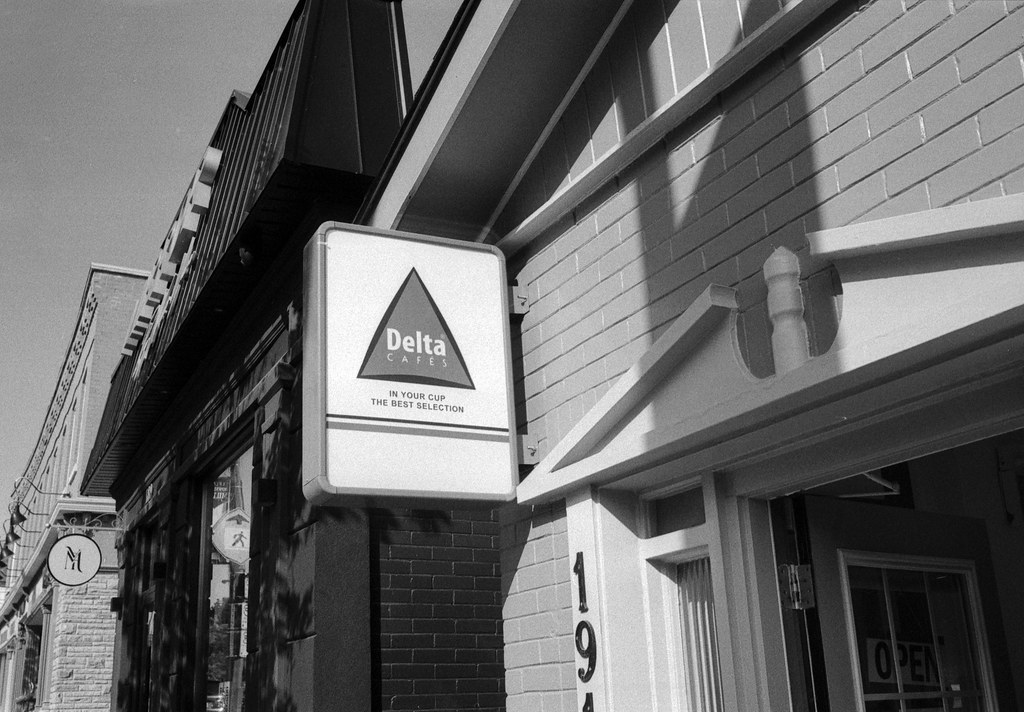
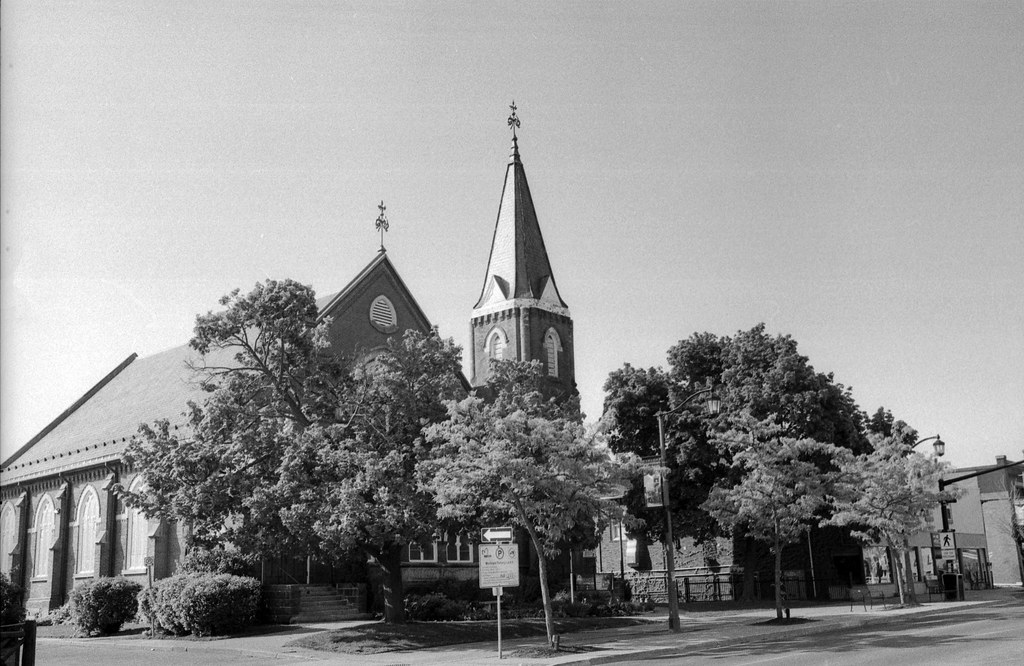
Lowdown
There are two controversial points of the OM-10. The first is the lack of a metered manual mode; the OM-10 requires an additional accessory to achieve that functionality, despite the camera having a ‘manual’ setting on the mode dial. Without that accessory, your camera will have a fixed shutter speed of ~1/60″. These accessories can cost on average 30$ on the used market, so if this function is essential to you, best to find a camera that has one already. The price is wildly different on the used market, with untested/broken examples going for under 30$ and working examples running between 60-150$. Although a fully tested, serviced, and cosmetically sound can be vastly more expensive, with some into the 400$ range (see an example at Film Camera Store). While I’m not here to argue for these prices, the OM-10 is undoubtedly a solid performing camera, and having been seen in the hands of an actor in the past couple of years, this will often affect the overall price of cameras on the used market. Is the OM-10 a good camera? Yes, I would recommend it, of course. While the camera bodies often go for high prices, you can easily pick up some good optics for far less and build up a solid OM-System for not too much. If manual metering is essential, skip the OM-10 and go for an OM-20. But if you’re offered an OM-10, don’t say no; they’re good cameras.
Further Reading
Don’t just take my word on the Olympus OM-10; you can check out the reviews by other awesome camera reviewers!
Down the Road – Olympus OM-10 Review
35mmc – Olympus OM-10 – My Journey and Review
Lomography – The Crisp and Delicious Olympus OM-10
Film Advance – Favourite Cameras: Olympus OM-10
Imaging Pixel – Olympus OM10 35mm SLR Film Camera Review
It’s Always Luck – “Street” Review: The Olympus OM-10
